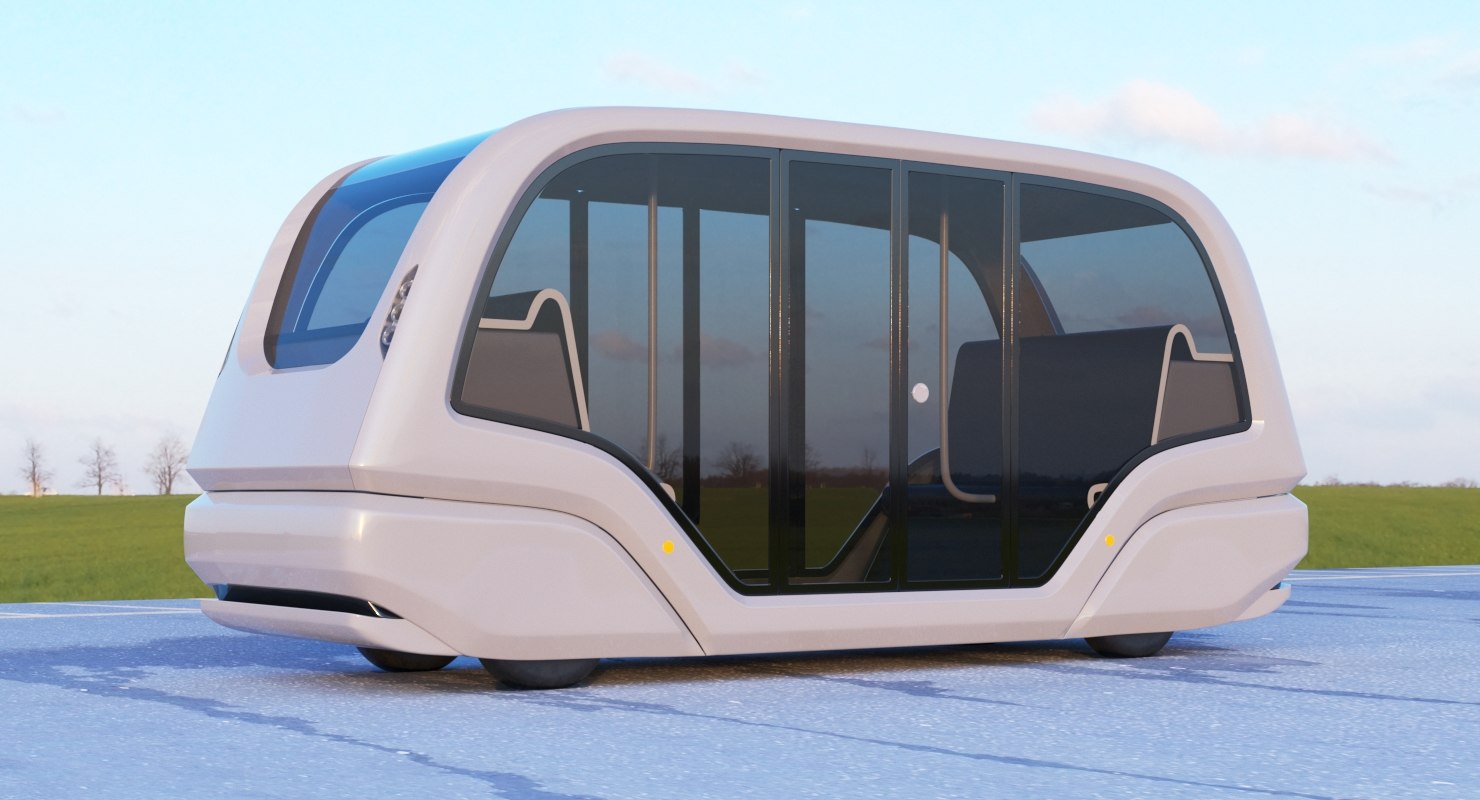|
The rapid advancement in technology and the widespread adoption of the internet have revolutionized our lives in ways unimaginable just a few decades ago. From communication to commerce, entertainment to education, the internet has become an integral part of our daily existence. In this article, we will explore the evolution of internet connectivity and how it has transformed the world. In the early days, internet connectivity was limited to dial-up connections, where users had to connect their computers to a modem and establish a connection through a telephone line. While this method allowed people to access basic online services, it was slow and often unreliable. This changed with the introduction of broadband internet, which offered faster speeds and an "always-on" connection. As technology advanced further, we witnessed the proliferation of wireless internet connectivity. Wi-Fi networks became commonplace, allowing users to connect their devices without the need for physical cables. This breakthrough brought about a new level of convenience and mobility, enabling people to access the internet from anywhere within the range of a Wi-Fi signal. With the rise of smartphones and mobile devices, cellular connectivity emerged as a game-changer. Mobile networks enabled users to browse the internet, send emails, and stream media on the go. The introduction of 3G, 4G, and now 5G networks has significantly enhanced internet speeds and opened up possibilities for bandwidth-intensive applications like video conferencing, virtual reality, and autonomous vehicles. In recent years, the concept of the Internet of Things (IoT) has gained traction. IoT involves connecting everyday objects, such as appliances, vehicles, and even streetlights, to the internet. This enables seamless communication between devices and allows for automation and remote control. IoT relies heavily on reliable and ubiquitous internet connectivity to function effectively. The COVID-19 pandemic further emphasized the importance of internet connectivity. With lockdown measures and remote work becoming the norm, people relied on stable internet connections to continue their education, work remotely, and stay connected with loved ones. It highlighted the digital divide, with underserved communities lacking access to reliable internet infrastructure. Looking ahead, the future of internet connectivity holds even more promise. Emerging technologies like satellite internet and 5G networks aim to provide high-speed connectivity to remote areas, bridging the gap between urban and rural regions. Additionally, advancements in artificial intelligence and machine learning will likely optimize network performance, ensuring seamless connections and efficient data transfer. In conclusion, the evolution of internet connectivity has transformed our world into a globally connected society. From dial-up connections to broadband, wireless, and cellular networks, each advancement has brought us closer to a future where everyone can access the vast resources of the internet effortlessly. As technology continues to progress, it is crucial to address the challenges of accessibility and ensure that no one is left behind in this digital age.  |
